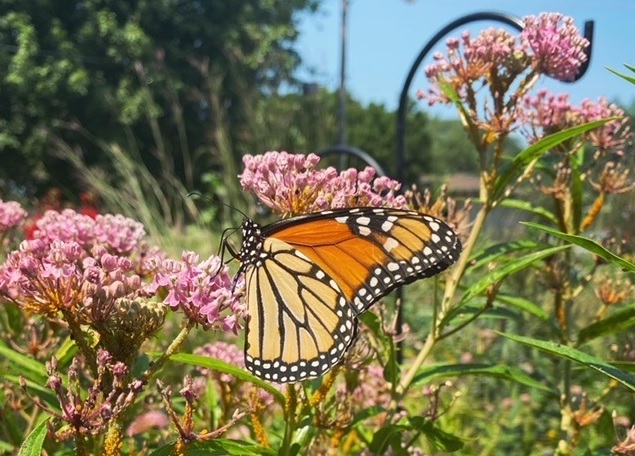
What began as a curiosity and a lifelong interest in nature led one Omaha man to turn much of his yard into a pollinator garden, and he’s helping others do the same.
Michael Pecha has always been an outdoorsy guy. He grew up on an acreage outside the city. Family trips typically revolved around camping or hiking. Now Pecha, an Omaha police officer, takes his family on vacations revolving around nature every chance he gets.
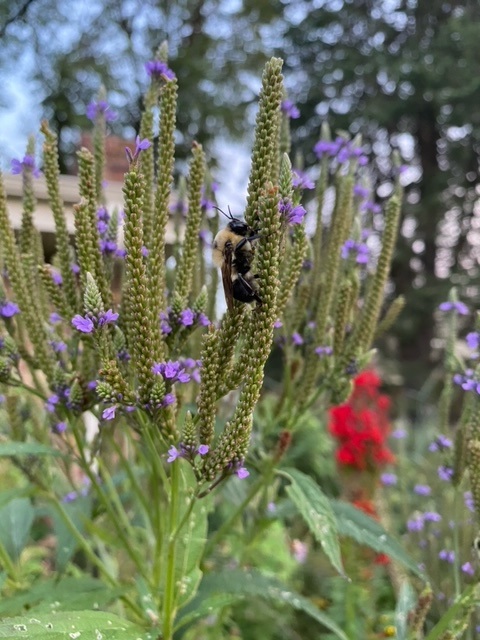
In 2016, Pecha decided to put to the test some of the knowledge and inspiration he gleaned from reading authors like Doug Tallamy, founder of the Homegrown National Park, and Aldo Leopold, who wrote “A Sand County Almanac.” He planted pollinator plugs in a 200-square-foot piece of his yard.
The next year he added another section and was active on websites and in Facebook groups about pollinator gardens, trading information with others doing similar things to their yards.
Then in 2020 he took the big green plunge and transformed 3,000 square feet of his front yard into his own not-so-little home prairie.
Today, there is no missing his corner lot.
“Some mornings you walk out here and you can hear all the bees and birds,” he said. “It’s peaceful and I feel like I’m making a difference for all these pollinators.”
On a recent morning at Pecha’s, finches, orioles, ladybugs and a few hummingbirds were enjoying his yard.
“I went all in and focused on native plants and planted as big of a variety as I could make work,” he said. “Everything in my yard benefits something – birds, bees, butterflies. If you really look closely enough, you’ll be amazed by the variety of species in there.”
Inspiring others
Pecha has become an inspiration as well as a source of advice for countless others looking to make a difference for the environment. People walk by his yard and tell him they like what he’s done. One neighbor asked for help with a patch of ground under a tree that only grew weeds. Pecha gave him some seeds, and now the patch has taken off under the neighbor’s tree.
“Not everyone has to go this far,” said Chris Vrtiska, OPPD’s Wildlife & Natural Resources Specialist. “But everyone can find a corner or a spot of their yard they can set aside and plant some pollinators.”

Vrtiska is planning to developing more than 1.5 acres into a pollinator garden.
June is National Pollinator month, and National Pollinator Week is June 20 through June 26. OPPD has a Prairie in Progress program that began in 2018 with several hundred acres– mostly around substations and at Nebraska City Station – set aside and planted with different pollinators in a partnership with Save Our Monarchs.
The sites are being studied by students from the University of Nebraska-Lincoln and Bellevue University to determine the effectiveness of those plants and whether other plants would be better suited for the prairies. Some prairies have fared well; others have struggled with undesirable species.
More homeowners are looking to do something similar to what Pecha has done. And there are a number of reasons.
“After spending $30 to fill up your gas can to mow the lawn, something like this starts to look a lot more attractive,” Vrtiska said.
Environmentally friendly
Vrtiska would love to see more people eschew the well-manicured look for more native options. Pecha referred to such lawns as “putting greens.”
“Environmentally, it is one of the best things you can do,” Vrtiska said. “These nice lawns are completely engrained in us and they are completely unnecessary. It takes a lot of chemicals and a lot of water to get a lawn to look like that. And for what? So we can mow it again in a few days? It doesn’t make a whole lot of sense.”

But that lush green lawn has long been a source of pride for many Americans. It goes right along with the images of a two-car garage, a backyard barbecue and a white picket fence. Lawn care sprouted up as a big business after World War II. Veterans came back and took pride in their lawns.
“Plus all that fertilizer that went into making bombs went into our yards to make them look nice,” Vrtiska said.
“That’s a lot of nasty chemicals that are going into our yards and making their way into the water systems,” Pecha said. “With these plants and their root system, I’m helping keep that runoff from going into the sewers.”
Vrtiska told Pecha that in a few years his root system will be 12 to 15 feet deep, compared to only a few inches for a grass lawn.
“You’re storing more carbon in your garden here than the rest of this block combined,” Vrtiska said. “That helps the environment. And by not running your mower over this, that’s less carbon still that you are putting into the air.”
For several years now, a lot of states in the West have limited water usage because of severe drought conditions. A few rainless seasons here could leave us needing to do the same here, Vrtiska said.
Starting a pollinator garden
OK, you’re convinced. Maybe you don’t want to go entirely prairie, but you do want to do something for the bumblebees and the monarch butterflies. So now what?
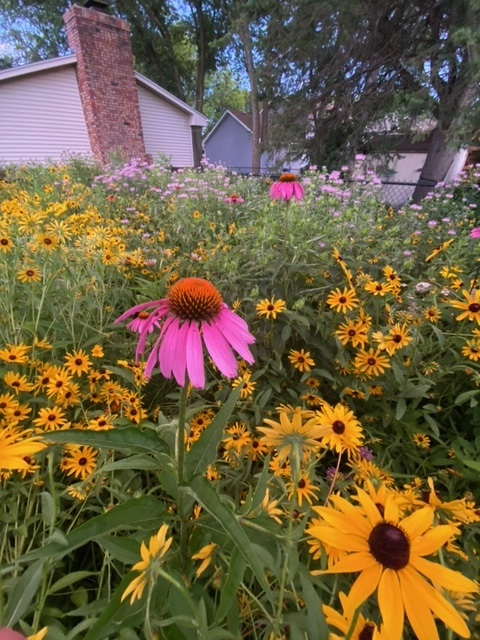
Once Pecha moved away from pollinator plugs and switched to planting more native species with seeds, he found places like Stock Seed Farm in Murdock, Nebraska, and sent away for seeds from Minnesota’s Prairie Moon Nursery. But for most novices, pollinator plugs are an easy way to get started.
Pecha actually dug up chunks of his yard and killed grass to make room for pollinators and native plants. He now has 112 different varieties, which he tracks with an Excel spreadsheet.
“A lot of people enjoy nature, but view it as a place to go, or a place to escape to,” Pecha said “But nature is all around us, and this is a way to bring it to your own yard.”
The author of this piece has planted swamp milkweed, blue wild indigo and purple Joe-Pye in sections of his corner lot in Omaha and in between window wells in the back yard.
“The backyard is a good place to start,” Vrtiska said. “People might want to keep grass in the front, but they can find a lot of different spots in the back yard to do this type of thing.”
Some landscaping companies now offer planting pollinators among their options for customers. Both Pecha and Vrtiska said they expect to see that trend continue and expand as more people become aware of the importance of worrying less about the “ornamental” factor of lawns and instead move toward trying to help wildlife survive.
Even small changes help
Pecha points down the row of lawns and he and Vrtiska discuss how great it would be if each place just had a couple of milkweeds or some flowering plants for bees.
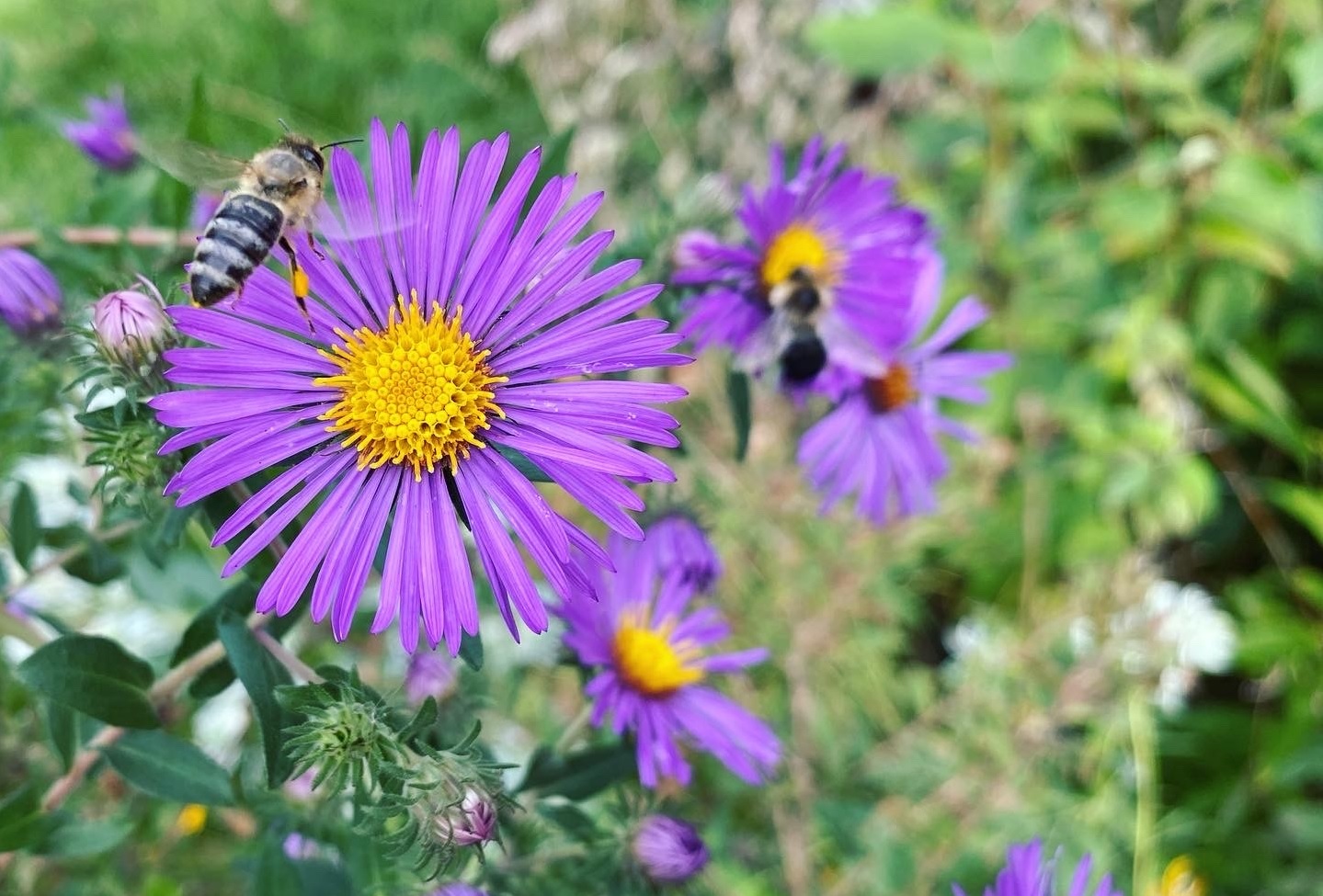
For the monarch butterfly, pollinator gardens serve as “way stations” – where they can rest, recover and reproduce on their way to Mexico. There are thousands of these way stations across North America.
Vrtiska said he’s just as concerned about the local bee populations, and focuses a lot of his planting on supporting those as well as monarchs.
“But you’ve got a great mix here,” he said of Pecha’s yard.
Both men agreed you have to make sure you do a little homework so you know what you are planting will fit the area and will thrive in the parts of your yard where you decide to plant. Some plants need full sun, others will die with too much sunlight.
“I’m part of a lot of different pollinator groups on Facebook,” Pecha said. “You can find a lot of good information there. Interacting with people in those groups can be a big help. There are a lot of knowledgeable people out there.”
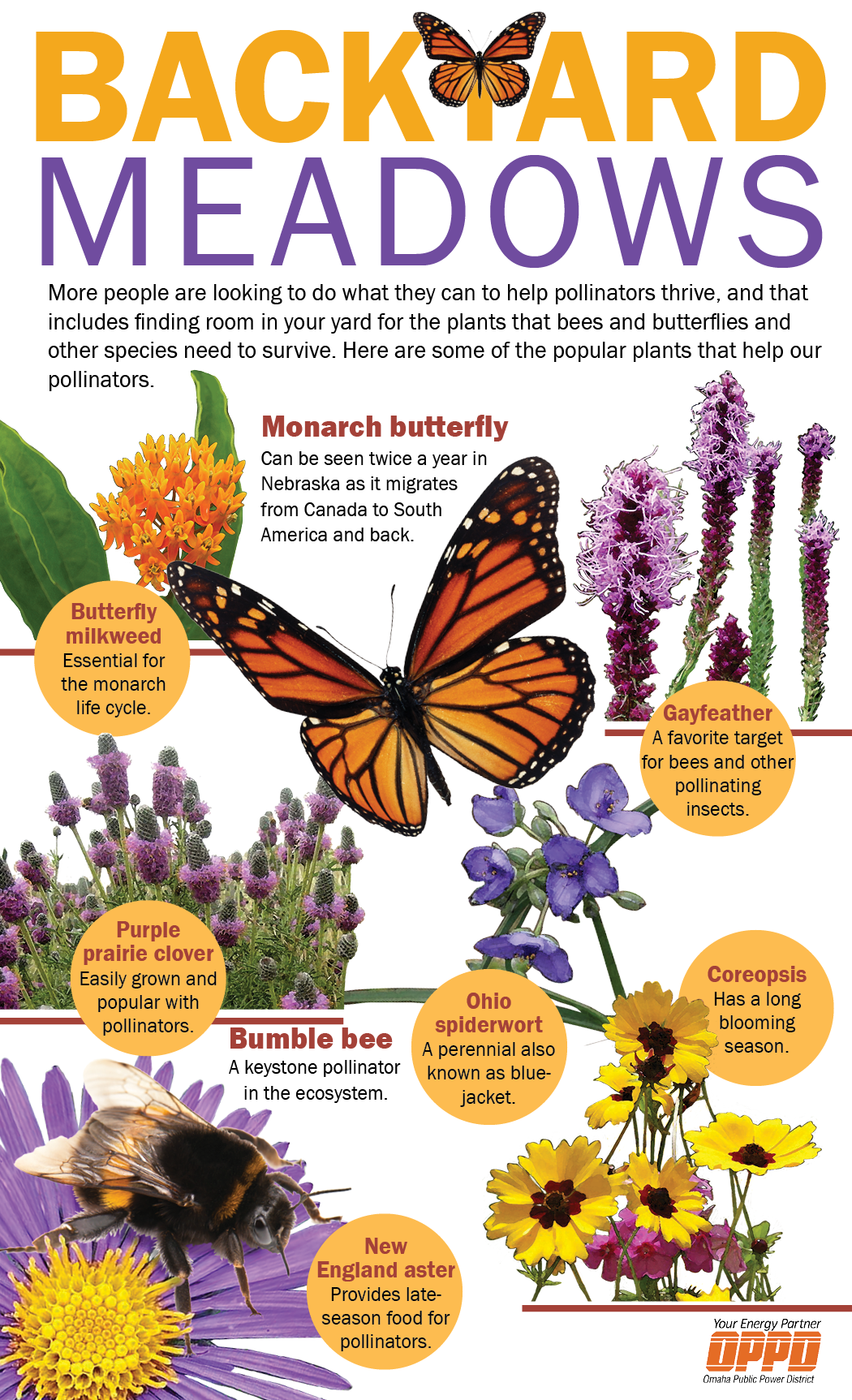
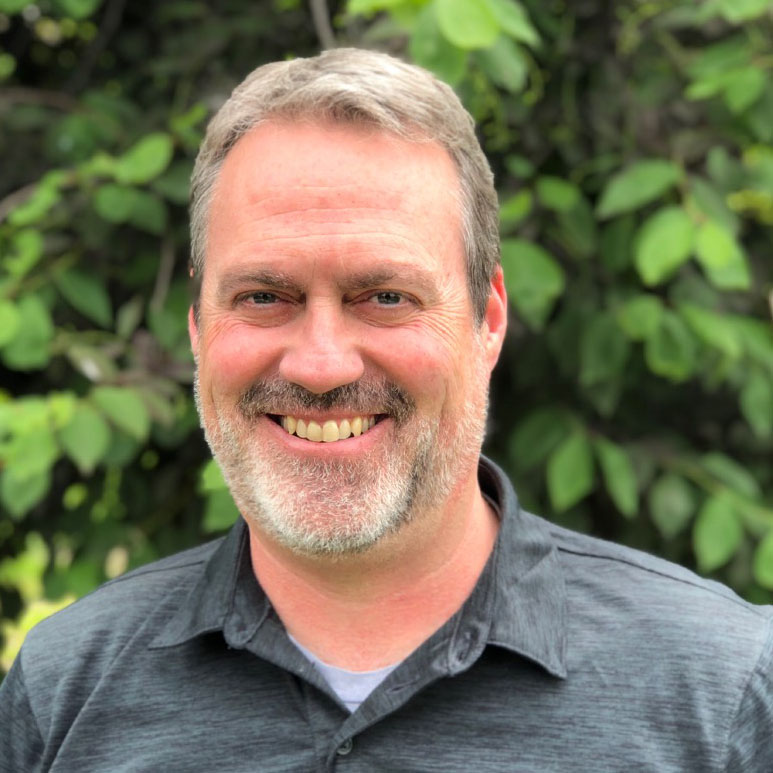
Jason Kuiper joined OPPD as a communications specialist in 2015. He is a former staff writer and reporter at the Omaha World-Herald, where he covered a wide range of topics but spent the majority of his career covering crime. He is a graduate of the University of Nebraska at Omaha and has also appeared in several true crime documentary shows. In his free time he enjoys cooking, spending time with his wife and three children, and reading crime novels.
View all posts by Jason Kuiper >







